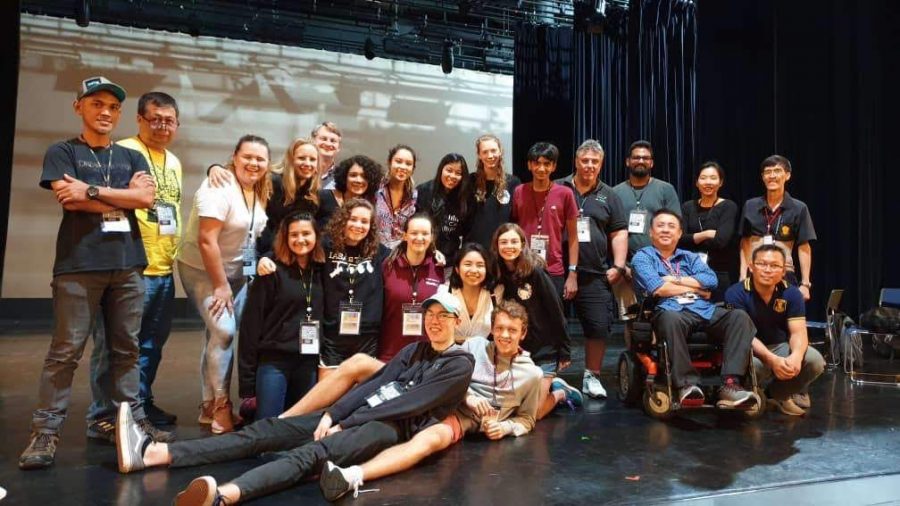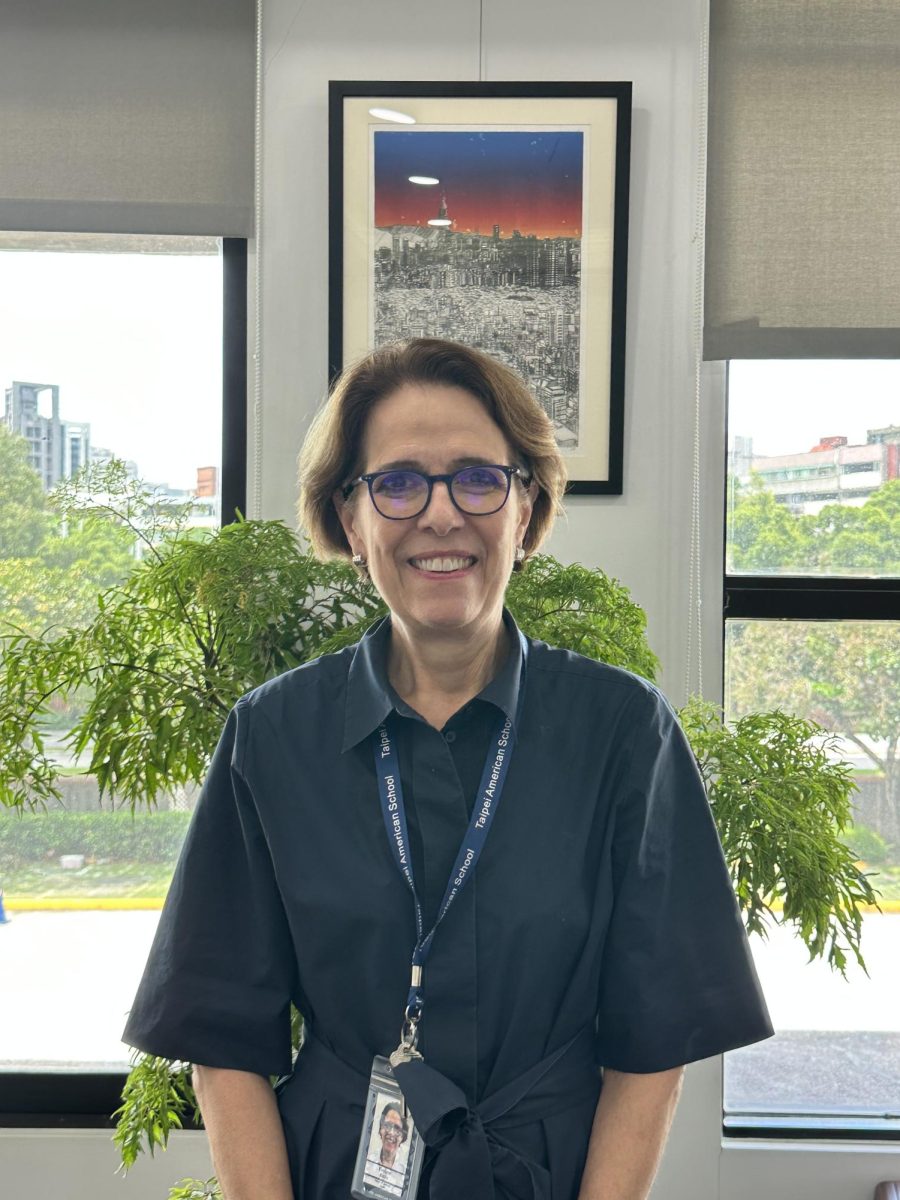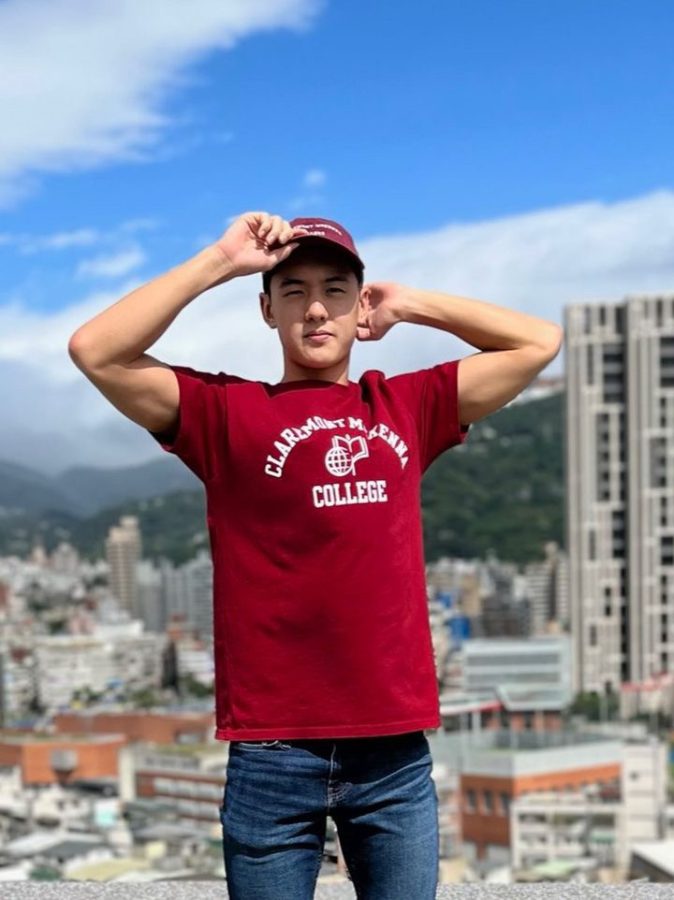The lights dim, the chatter dies as people ease into their seats, reminded to silence their cell phones and enjoy the show. The music begins and the light pours out of the opening curtains to reveal a thrilling new world. When the curtains close at the show’s end, the spell is broken. People leave full of awe and often credit actors for the magical experience, unaware of the intense process and collaboration that takes place behind the scenes of every production.
In the months leading up to the production, the crew builds the set, the pit band memorizes note sheets, the lighting crew installs new lights and track lighting cues, the designers dig through wardrobes, seamstresses labor over their sewing machines, the stage manager records blocking, the sound crew practices setting levels, and in the final hours until starting time the makeup artists scramble to paint every face.
Ms. Jennifer Anderson explains the monumental role of technical theater in delivering a show. “Just as a makeup artist brings out the natural beauty of every single person, I think sound technicians and artists have the ability to bring out the beauty of everyone that is on the stage.” She said. “We have a lot of power. Not just in turning the knobs on the sound board up and down, but to really tweak and enhance the final production.”

Such relationships are essential to initiate students new to the process. “As a person in the tech family, I have transitioned from a learner to a teacher. In freshman year it felt like the teachers were helping me, but now, as junior, I am giving advice to the students new to tech.” Marcus W. (‘20) said.
Trust between techies is especially important because the person at the controls are not always aware of what is happening in the auditorium or backstage. Tech and crew wear headsets throughout a production to communicate and execute sound and lighting effectively. Success is attained through listening and depending on each other, sometimes trusting each other blindly. This dynamic is highlighted by one of Marcus’s fondest memories during last fall’s production “Little Shop of Horrors.”
“A spotlight broke and then there was a big spark in the middle of the show. Everybody saw it. The person controlling the spotlight, Arun, got burned on his hand. Even though it was a nerve-wracking experience, how we worked as a team to cover it up was really special to me personally.” Marcus said. “Because Maddie is a good stage manager and also because we were a good team, we were able to fix a mistake that was not foreseen and run things smoothly.”
Hannah has also grown through moments like these. “The stress of putting everything together before a show has taught me how to deal with stress. I know myself a lot more because I learn who I am under those conditions. It’s an experience you can’t get anywhere else.” she said.
Mr. Kevin Held recognizes how much work the Tech and crew students take on. “It’s more intense at TAS because we have overlapping productions at the same time. Last fall, we were doing “Little Shop of Horrors” and “A Christmas Carol” on top of each other. “A Christmas Carol” only had two and a half weeks in the auditorium before there was an audience after taking down the Little Shops of Horror set.” He said. “The design work and the planning had to be down simultaneous to the work with Little Shop.”
The tasks of technical theater can be highly demanding. “We have the same kind of light board as six or seven Broadway shows. We are the only high school I know with this level of computerized programmable rigging in the world. Students here learn how these systems are utilized in the professional world.” Mr. Held said. “The problem is the more technology we have the longer it takes to program everything. Each element adds a new layer of complexity in programming the show, but it elevates the quality of the show.”
Indeed, there are dozens of types of lights in the theater, including conventionals, moving heads, Source Fours, and LEDs, all with a slightly different effect and different color options. For example, this year’s dance production, “A Christmas Carol,”had over 200 lighting cues, designed and programmed by Hannah, as well as 50 projector cues for the seven screens hanging from the ceiling, one fog screen, and the cyclorama (the white sheet hanging at the back of the stage).
Luckily, the students are never alone. “Mr. Held helps us all the time. Ms. Jensen and Mr. Edwards have helped me through my experience stage managing for “Little Shop of Horrors” and “Godspell” and Ms. Q helps us through dance with blocking and lights.” Maddie said.
“We don’t do it for the recognition. I don’t want the spotlight, that’s literally why I chose tech. But being ignored is something different.”
Star S. (‘19) has worked backstage since sixth grade and has close relationships with her teachers as well. “Mr. Held and Mr. Bryant are such awesome people and I am so glad to know them through this. They are so amazing at what they do.” Star said. “Mr. Bryant making the plant for Little Shop was so cool.”
Star also gives further insight about the immensity of the technical process. “Before you even see people start auditioning, people start constructing the set while others would be fixing the lights and getting the light cues ready,” she said. “By the time the actors start rehearsing, we’ll still be doing construction until the last two or three weeks.”
One of Star’s fondest memories across her TAS tech career was when the backstage crew came out onto stage at curtain call for “Bugsy Malone.” They danced in the confetti until the show closed. Then they cleaned up the confetti while the actors went out to be received by their audience. “It would be nice to come out at the end for the curtain call,” Star said. “We are only a small name on the back of the program. Then later actors gesture to us at curtain call, that’s kinda it.”
Star does not stand alone in her disappointment with this aspect of her job. “We don’t do it for the recognition. I don’t want the spotlight, that’s literally why I chose tech,” Hannah said. “But being ignored is something different.”
Ms. Anderson finds this to be the nature of the job. “Being at the soundboard is difficult because if something goes wrong, everyone blames you. But when things are going great, people often don’t say ‘hey, great sound crew!’ It’s kinda a thankless job, but it’s a satisfying job because you have the wisdom to know what a difference you made. It’s not about being seen to do things, it’s about the action itself.”
Hannah echoes this sentiment. “I don’t think people understand the extent of the work we do,” she said. “Beyond credit, I think people knowing the work that we do is more important than knowing who we are.”


![Members of Flourishing Love arrange bouquets together. [PHOTO COURTESY OF FLOURISHING LOVE]](https://blueandgoldonline.org/wp-content/uploads/2023/12/fl-1200x900.jpeg)
![Members of Formosa Charity reconstruct an old home. [PHOTO COURTESY OF CHAEWON B. (25)]](https://blueandgoldonline.org/wp-content/uploads/2023/12/bwb.jpeg)


![Catrina was waitlisted at Caltech but
intends to pursue Computer Engineering
at the University of Washington. [PHOTOS
COURTESY OF CATRINA Y.]](https://blueandgoldonline.org/wp-content/uploads/2023/05/Copy-of-IMG_4544-900x602.jpg)
![Honors Film 3 and 4 students set up the camera and microphone to get ready for an interview. [PHOTO COURTESY OF TAS FILM]](https://blueandgoldonline.org/wp-content/uploads/2023/05/DSC09834-900x507.jpg)